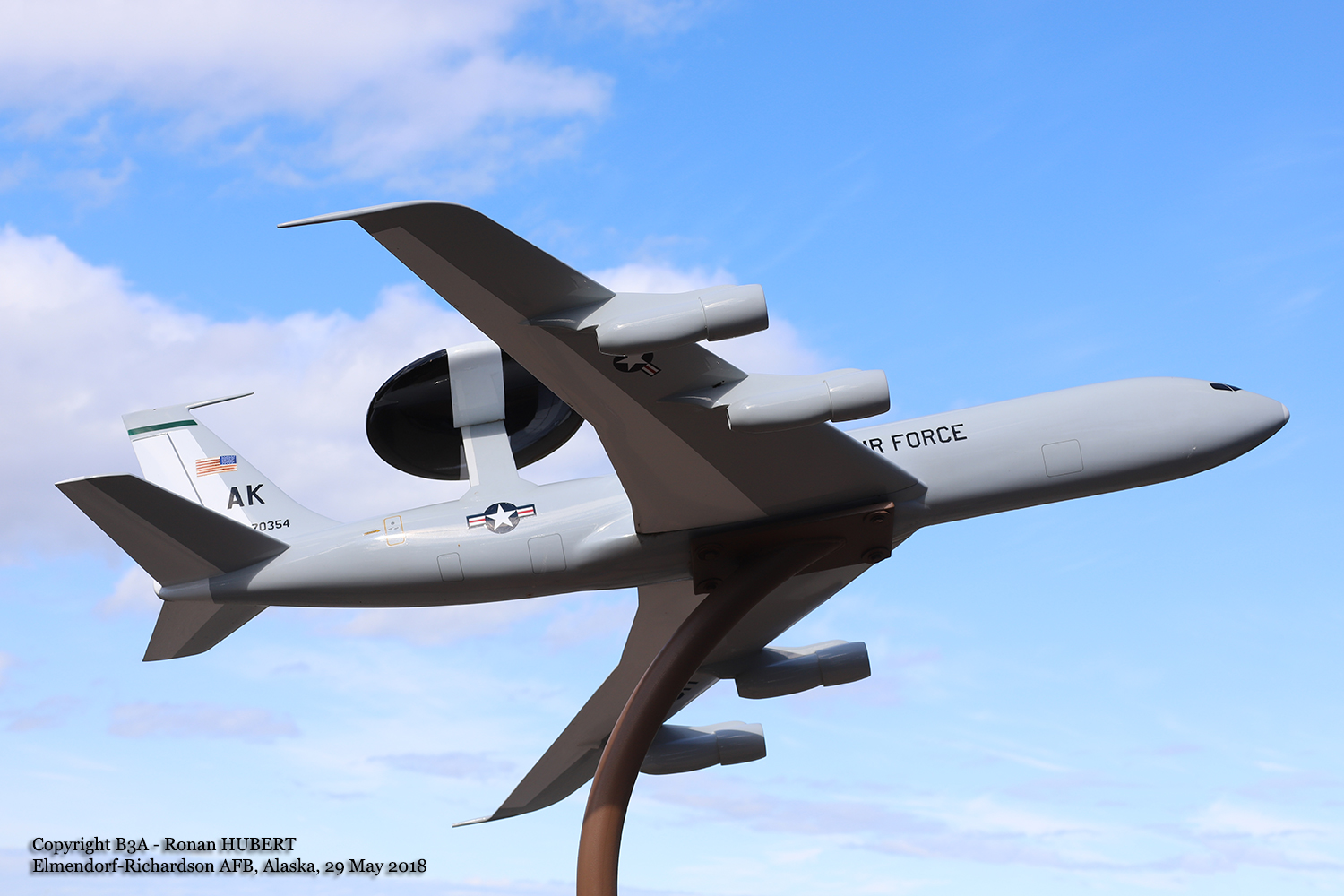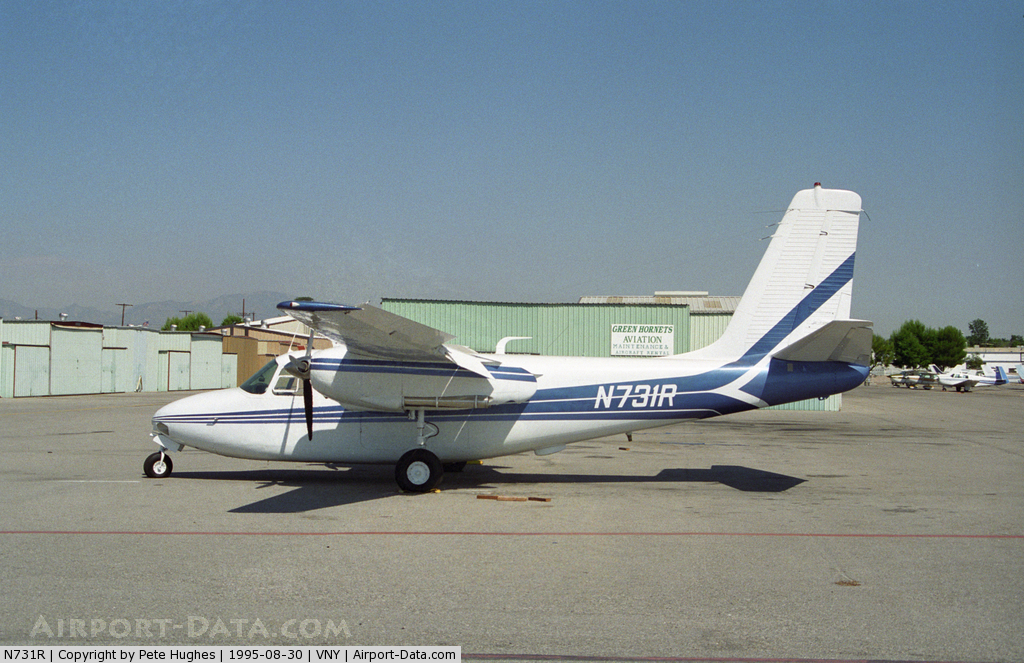Crash of a Cessna 421C Golden Eagle III in Battle Creek: 1 killed
Date & Time:
Oct 21, 1995 at 2120 LT
Registration:
N421TV
Survivors:
No
Schedule:
Broomfield - Battle Creek
MSN:
421C-0334
YOM:
1977
Crew on board:
1
Crew fatalities:
Pax on board:
0
Pax fatalities:
Other fatalities:
Total fatalities:
1
Captain / Total hours on type:
218.00
Aircraft flight hours:
3779
Circumstances:
While receiving radar vectors for an approach to land, the airplane (a Cessna 421C) departed controlled flight and impacted the terrain. Witnesses reported that they heard the engines operating before the plane crashed. During an investigation, no mechanical anomalies of the airplane were found. The pilot of a Boeing 727 reported that his airplane accumulated a 'quick load' of ice during his descent to land at the same airport within an hour of the accident.
Probable cause:
The pilot's decision to fly in adverse weather (icing) conditions; the accumulation of airframe ice; and the pilot's failure to maintain adequate airspeed for the situation, which resulted in a loss of aircraft control. The icing condition was a related factor.
Final Report:











